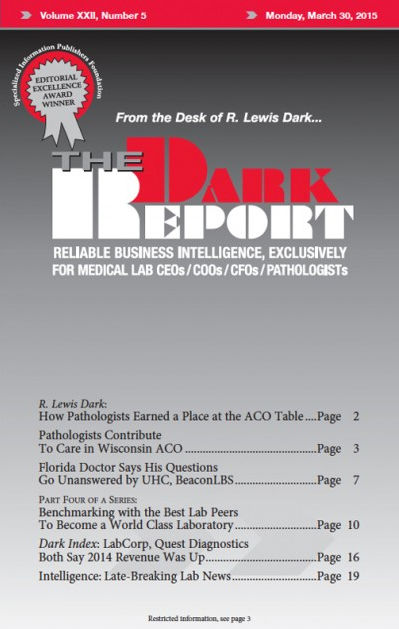CEO SUMMARY : This fourth installment of this special series about the laboratory value pyramid introduces “Level Four: Use Benchmarks to Achieve Best-in-Class.” This is the highest level of the four level pyramid. When a lab organization performs at this level, it will be delivering substantial measurable value to all stakeholders and it will have the metrics to substantiate this value. At the same time, the performance of a level four lab can be validated by its use of recognized third-party benchmarks that show it is performing equal to the best labs in the United States and across the globe. It will also have customer survey data showing it meets and exceeds its customers’ expectations.
To access this post, you must purchase The Dark Report.


